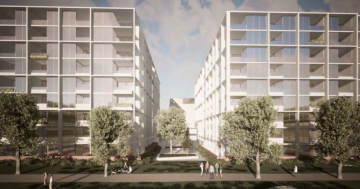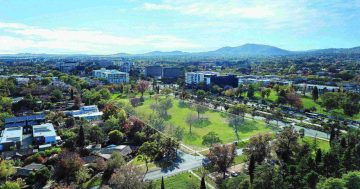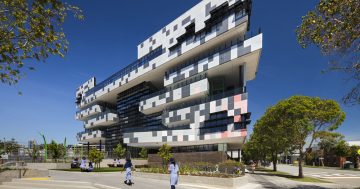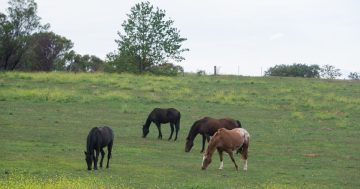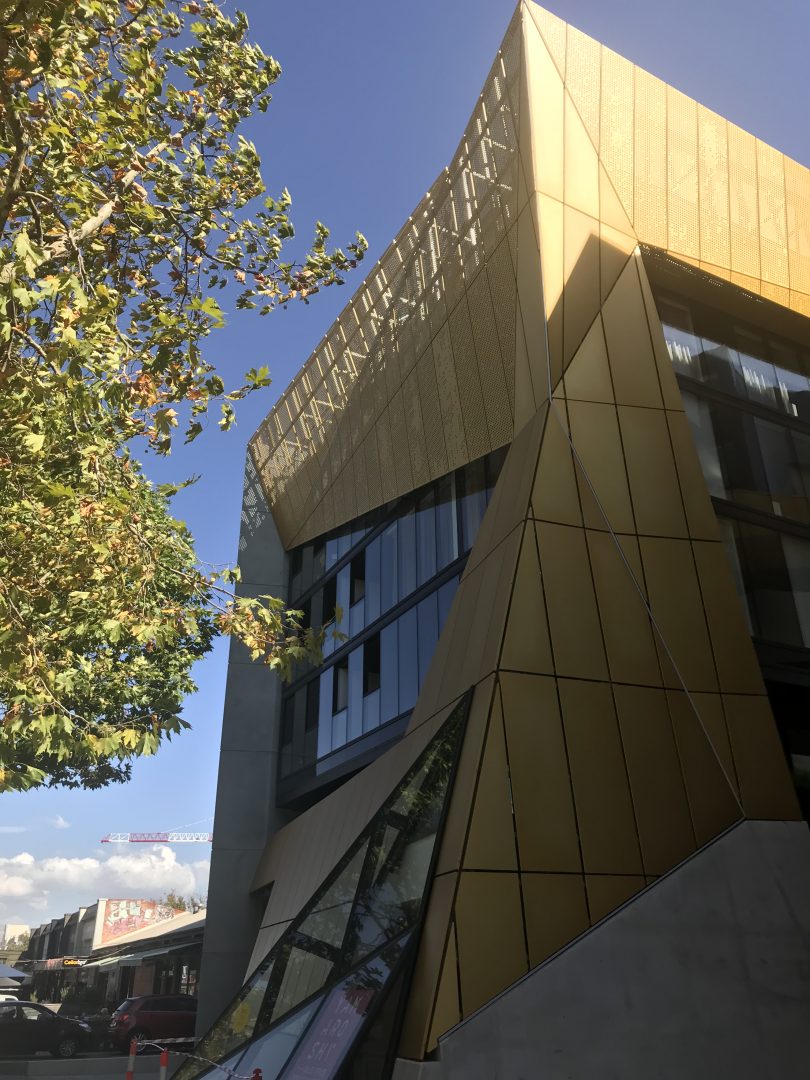
Trees and medium density can co-exist happily in a high-quality streetscape.
Hop into your time machine, set the dial to 2038, and the GPS to Northbourne Avenue. Is it a soulless canyon of shadowy skyscrapers or a bustling boulevarde? What about the town centres and the suburbs? How we live in Canberra is changing at warp speed. The govvie, with backyard fruit trees and room to play cricket, is a neighbourhood icon but the government says we’re out of room and that density, not suburban sprawl, is the answer for a growing city.
So should we be anxious about high-rise? Like many Canberrans, I’m concerned about where the city’s heading on the cusp of so much change, so I asked three major stakeholders: the developer, the landscape architect, and the senior bureaucrat.
First things first: we don’t actually have much high rise. At eight to 12 storeys, most Canberra buildings are medium density. Second generation developer, George Kathelakis, who also chairs the Property Council, says good quality medium density is do-able.
But he warns that the profits to be made on residential development risk driving the agenda in this town. “Excellent outcomes are not about how high a tower is, but what’s happening on the ground around it,” Kathelakis says, adding that tall buildings affect whole neighbourhoods. “We need rooftop gardens, planting spaces for big trees on maybe 30% of the site, accessible playgrounds. People feel most comfortable within the canopy of a tree so if you create high-quality streetscapes with green spaces, they’re much happier about density”.
But, he says, it will take “a lot of leadership” to preserve sites and limit their uses. “The government needs to say that schools, aged care, transport, affordable housing and green space must be included in a development. And we’re just not very successful at making that happen”.
Urban and Regional planning expert Professor Barbara Norman from the University of Canberra, favours “nature-based solutions” that green the spaces and cool the environment. “The more we integrate living infrastructure the better,” she says, citing Singapore, where density has increased by 40% while green spaces have increased by more than 25%. “And every development is signed off by their head of Parks”.
She’s urging the government to get our strategic plans right before approving the development, not the other way round. “The challenge is the pace of change. The risk is whether we will end up with a more sustainable city. I am really interested in the government investing much more in monitoring and evaluating these projects as they progress”.
Malcolm Snow who heads the City Renewal Agency with responsibility for Dickson, Northbourne Avenue, Haig Park, Civic and West Basin, says that the community is right to be cynical about some of the “indiscriminate and poorly planned buildings” that are going up across Canberra.
He calls out some developers who, he says, “don’t have a long-term vision but are pre-occupied with pushing limits. When they go beyond what is reasonable, we have to be absolutely certain about strong planning rules. We can’t fall into the trap of continuously shifting the touchline”. Snow says there are no excuses for “low levels of natural light and ventilation, no private open spaces, buildings that depend on air conditioning,” and bluntly labels some developments “the slums of the future”.
Brand new slums in our beautiful planned city are a frightening concept, so who can prevent that? Snow is an advocate for the Capital design review panel. He likes the work community councils are doing and agrees we need transparency, real consultation and a community debate that moves beyond NIMBYism and “an overly simplistic approach to density”.
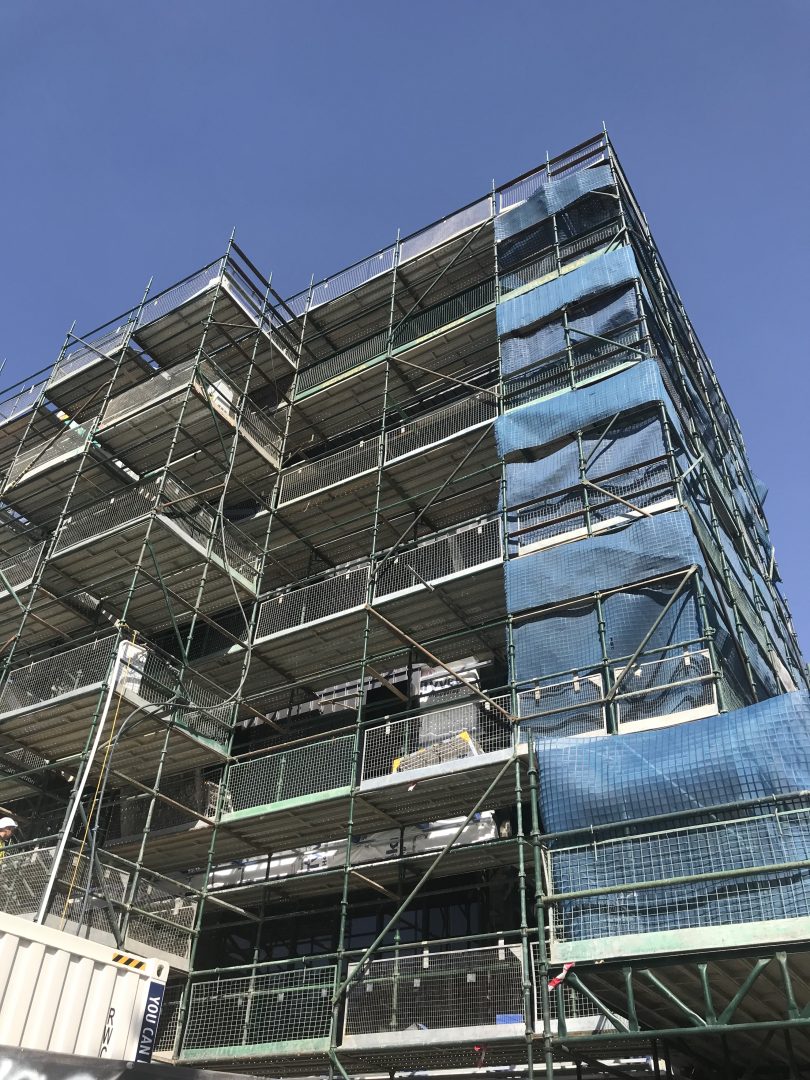
Does our residential focus make room for trees and green spaces as the city grows?
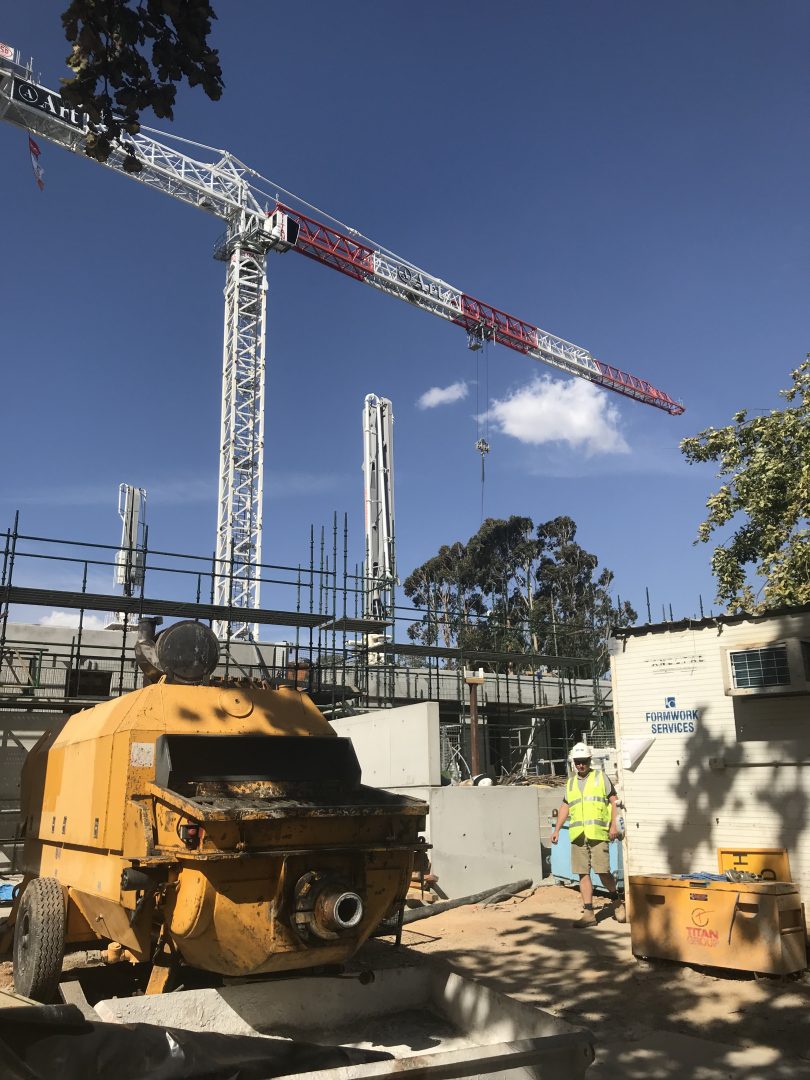
As the city expands rapidly, who do we trust to make decisions about our future?
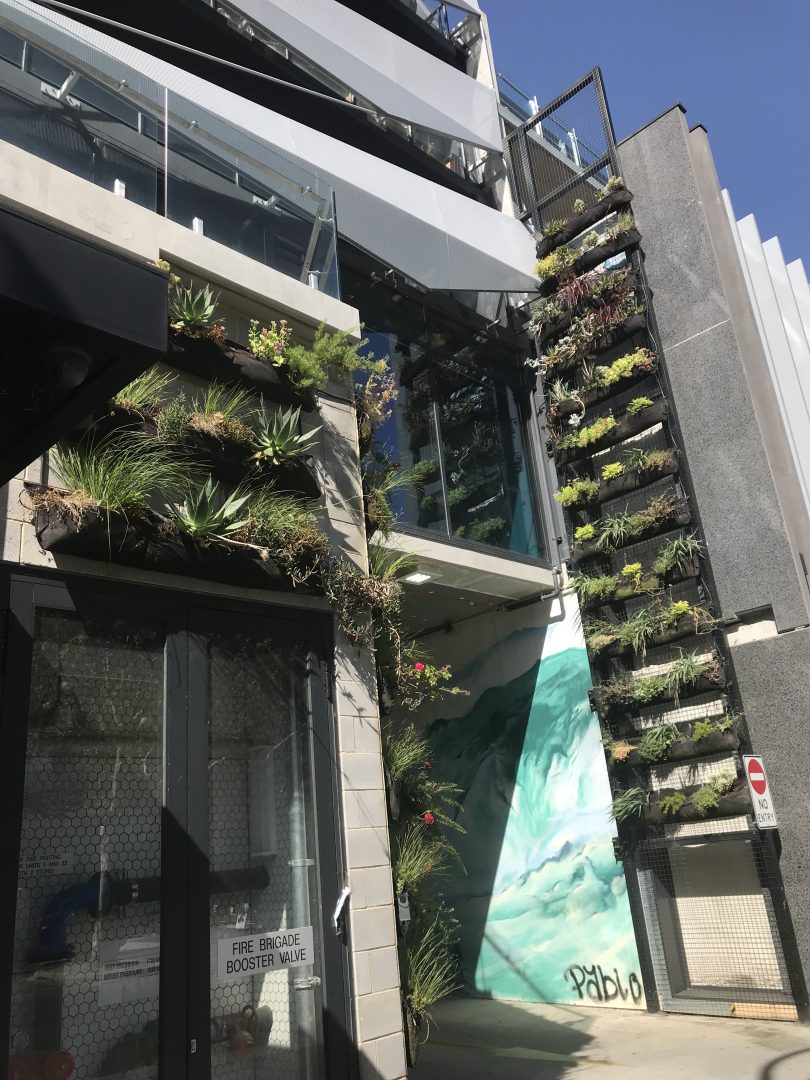
Flexible green spaces can be more than the traditional backyard.
I think development is inevitable: this is one of the fastest growing places in Australia. But getting it right will take informed input from all of us. The biggest challenge is to decide who we trust with our future, and how much control to give them. The experts have told me that we can live with medium density if we had more green spaces and stricter limits on developers.
So are they right? Can we do a better job at growing upwards not outwards? And is the ACT government listening to you?













